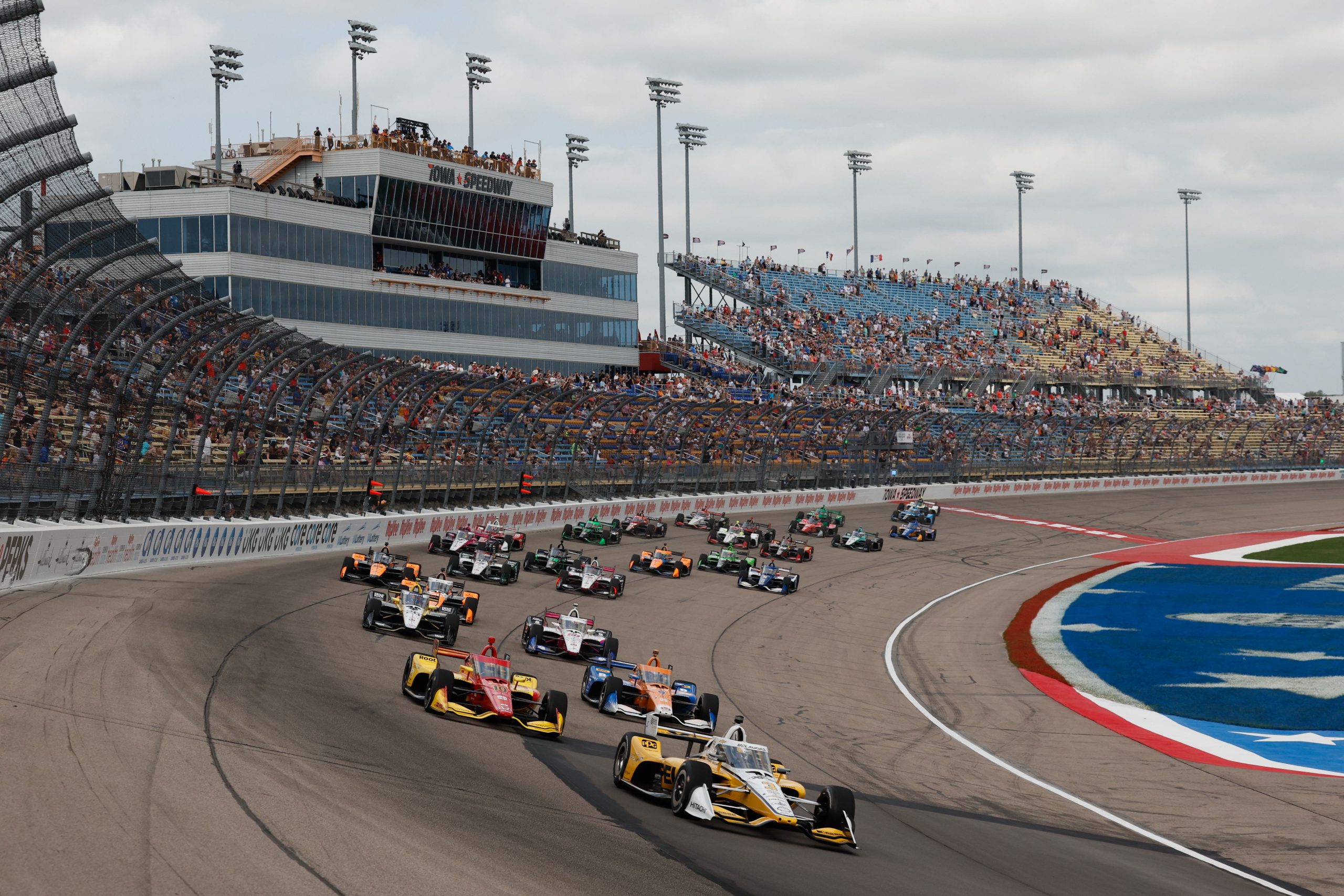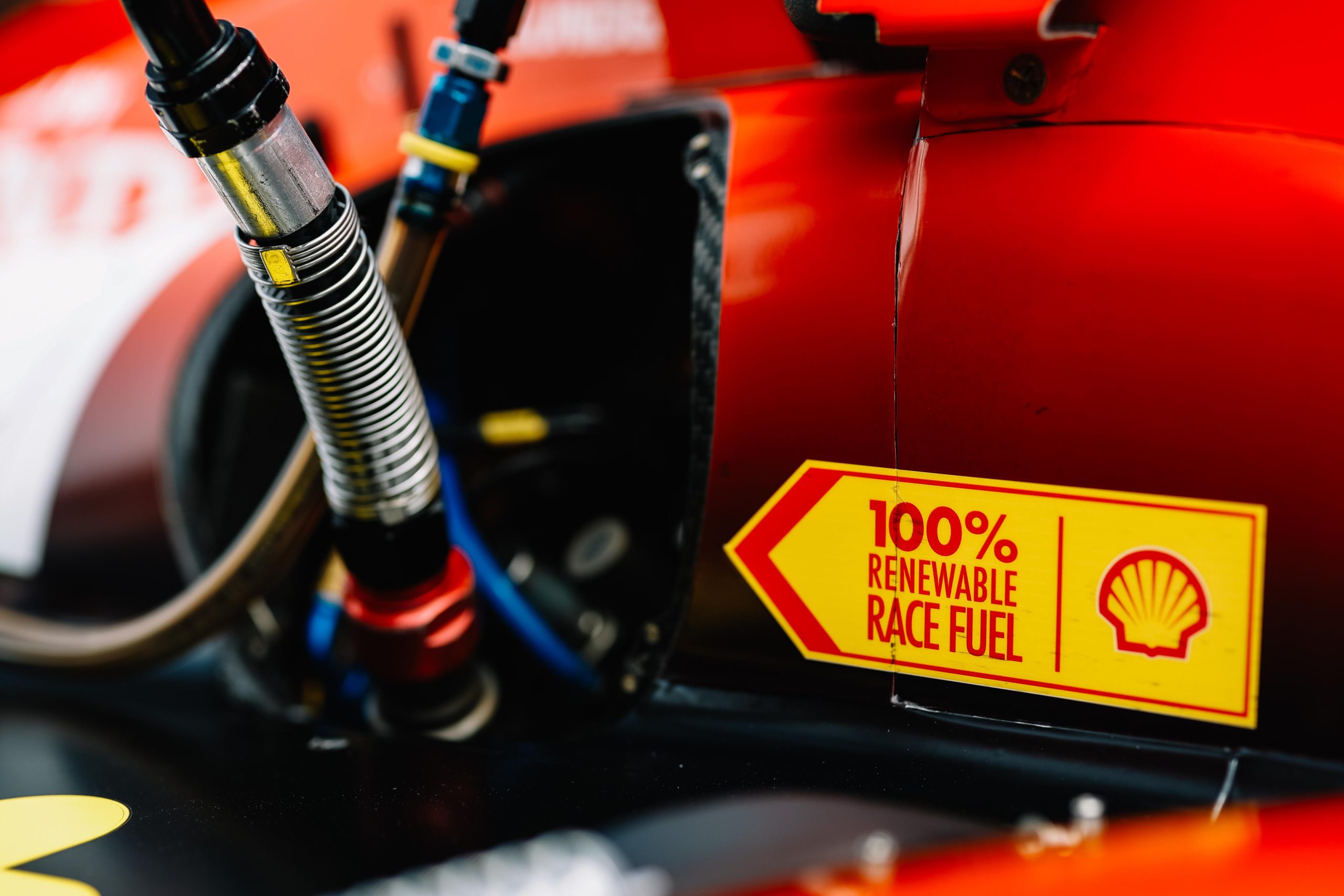A Closer Look At IndyCar Safety: Exploring Lifesaving Innovations And Protocols


Over the past century, the IndyCar Series has made significant advancements in driver safety, reflecting a strong commitment to protecting competitors at high velocities. This dedication has been marked by a continuous process of innovation and adaptation, ensuring that racing not only thrives as a sport but also sets a standard for safety measures. The introduction of advanced protective technologies and the refinement of vehicular design, along with stricter safety protocols at both the vehicle and track levels, have collectively contributed to a reduction in severe injuries and fatalities on the racetrack.
With a well-documented history of challenges and tragedies, IndyCar has always been on the leading edge of safety development. Key changes have spanned from rudimentary beginnings like leather helmets and goggles to the intricate and high-tech solutions of today, including the comprehensive use of crash data and telemetry. These modifications have led to the evolution of the cars, tracks, and gear to respond to the high demands of safety under extreme racing conditions.
IndyCar’s continuous investment in research and development has also seen adjustments in race procedures and the swift integration of safety innovations. These efforts are a testament to the sport’s dynamic response to the inherent risks of high-speed competition. The once-normalized perils of IndyCar racing are now met with a series of sophisticated safety measures, drastically improving the life expectancy and wellbeing of its drivers and serving as a reference point for motorsports around the globe.
Table of Contents
History of Safety in IndyCar
IndyCar’s history is marked by continuous safety advancements, evolving regulations, and responses to incidents that have significantly influenced motorsports safety worldwide.
Evolution of Safety Regulations
IndyCar has been proactive in improving driver safety through evolving safety regulations. Vehicle design has progressed, introducing features like roll cages, energy-absorbing materials, and improved helmets. The introduction of the Safety Team ensured rapid medical response after accidents. Regarding track safety, the adoption of the SAFER Barrier revolutionized crash impact management, notably reducing driver fatalities and significant injuries. These initiatives reflect efforts to prioritize racer welfare.
Notable Incidents and Responses
Driver deaths have acted as somber catalysts for change within IndyCar. The 1973 Indy 500, a particularly tragic event, led to substantial safety revisions. The subsequent fatalities, including those of drivers such as Scott Brayton in 1996 and Tony Renna in 2003, reinforced the necessity of stringent safety measures. Each loss has been met with a rigorous examination of safety protocols, often resulting in tangible safety improvements that contribute to protecting lives during the high-speed impact inherent to racing.
Technical Advancements in Car Safety
Advancements in IndyCar safety are pivotal in reducing the risk of injury during high-speed races. These enhancements are focused on car design and driver equipment that work hand in hand to protect the driver at all times.
Chassis and Safety Cell Innovations
The safety cell is the core of the car, designed to envelope the driver in a protective cocoon that can withstand high impacts. Recent modifications have improved the structural integrity of the chassis and safety cell, incorporating energy-absorbing materials that drastically decrease the forces a driver faces in a crash.
Restraint Systems: Beyond Seat Belts
While seat belts are a fundamental component of driver safety, restraint technology in IndyCars now includes the Head and Neck Support (HANS) system. This device reduces the likelihood of neck injuries in high-speed collisions by securing the driver’s head and preventing excessive movement during a crash.
Helmets Engineering
Helmet technology in IndyCar racing has seen significant advances, with helmets now built to resist penetration and distribute impact forces evenly across the surface. Helmets are made from advanced composite materials, offering high levels of protection while remaining lightweight to avoid contributing to neck strain during races.
Safety Measures on the Speedway
Speedway safety has continuously evolved with advancements in technology and deep understanding of high-speed impacts. Safety experts are always working to improve driver security and reduce the risk of accidents.
Track Design and the SAFER Barrier
The design of the speedway plays a critical role in driver safety. One significant advancement has been the implementation of the SAFER (Steel and Foam Energy Reduction) Barrier. This technology consists of steel tubes backed by foam blocks and is fitted to concrete walls around the racetrack. Upon impact, the SAFER Barrier flexes to absorb energy, reducing the force of the collision transferred to the driver. Speedway layouts also consider the placement of the SAFER Barrier to protect drivers in high-risk areas such as turns where vehicles are likely to make contact with the wall.
Key Components of SAFER Barriers:
- Tubing Material: High-quality steel
- Energy Absorption: Foam blocks for dissipation
- Placement: Strategic areas around the track
Debris Field Management
Efficient debris field management is vital for maintaining track safety. When accidents occur, track safety teams swiftly clear the area to minimize risks to other drivers and resume racing safely. Modern speedways are equipped with an array of tools and vehicles designed to manage debris efficiently. Safety experts oversee these operations to ensure a prompt response. Attenuators, which absorb kinetic energy during a crash, are positioned at the ends of safety barriers to minimize vehicle damage and protect drivers.
Debris Management Strategies:
- Rapid Response: Safety teams trained for immediate action
- Advanced Tools: Vehicles and devices specialized for debris removal
- Energy Dissipation: Use of attenuators to absorb impacts
These safety measures reflect the continuous efforts of safety experts to prioritize driver safety and minimize risks on the speedway.
Protective Gear and Driver Equipment
The progression of protective gear in IndyCar has been significant, focusing on advances in fire suits and helmets, alongside the integration of the Head and Neck Support (HANS) system to augment driver safety.
The Evolution of Fire Suits
Fire suits in IndyCar have undergone substantial advancements to offer maximum protection against fire and heat. Initially made from cotton, these suits now use advanced materials like Nomex, a flame-resistant fabric that can withstand high temperatures. IndyCar drivers wear multiple layers, each contributing to a barrier that insulates the body, prolonging the driver’s resistance to the rising heat in the event of a fire. The Fédération Internationale de l’Automobile (FIA) standardizes these fire suits to meet rigorous safety specifications.
The Role of Helmets in Driver Safety
Helmets are vital for safeguarding a driver’s head and brain in high-speed impacts. Advanced materials like carbon fiber, kevlar, and energy-absorbing foams form the external shell and inner lining of these helmets, which are subjected to stringent testing for impact resistance. In addition to the shell, the visor is a key component, made to be both clear and strong to provide excellent visibility and protection from debris. Alongside helmets, the HANS device has been crucial in reducing the risk of neck injuries and fatalities by securing the helmet to a shoulder-mounted support, preventing excessive head movement during crashes.
Post-Crash Procedures and Medical Follow-Up
In IndyCar racing, the safety and medical response following any on-track incident is executed with precision and speed to address injuries and support the well-being of drivers.
Immediate Response to On-Track Incidents
Response Team: At each race, a specialized safety team is stationed at various points around the track, prepared to respond to incidents within seconds. This team includes trained medical personnel and firefighters equipped with the necessary tools to handle a variety of emergency situations.
- Assessment and Care: Upon arrival at an incident, the team conducts a rapid assessment of the driver’s condition. They prioritize stabilizing any injuries and can extricate drivers from their vehicles if necessary.
Continuous Medical Support for Drivers
Medical Center: Each track is equipped with an on-site medical center. After an initial evaluation, drivers are transported to this facility for a comprehensive examination and further treatment as needed.
- Follow-Up Procedures: Drivers who sustain injuries receive ongoing medical support, including possible transfer to a local hospital for advanced care. Recovery and rehabilitation plans are closely monitored by medical staff to ensure drivers regain their health and, if possible, return to racing activities.
Advancements in Safety: IndyCar’s medical follow-up and response to crashes have significantly evolved, incorporating advanced safety technology in vehicles, improvements in personal protective equipment, and continuous updates in emergency medical procedures to enhance driver survival rates and reduce long-term effects of injuries.










